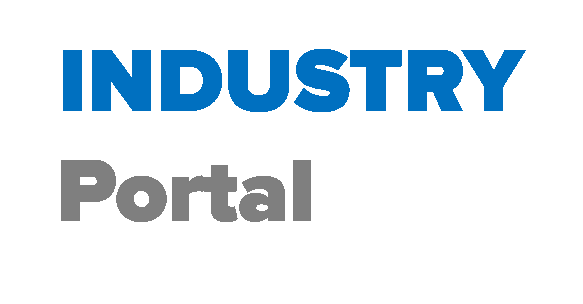Companies in the automotive industry and beyond are taking significant steps to adjust their operations in the face of semiconductor shortages that may persist for several more months. Tesla, for example, is substituting alternative chips and writing new firmware to work its way around the chip shortage. This approach isn’t a permanent solution, as Tesla warned that the substitutions “may be difficult to sustain,” according to its quarterly earnings report.
Ford is “seeing signs of improvement in the flow of chips now in the third quarter, but the situation remains fluid,” Farley said. As a result, the automaker is enacting wide-ranging measures to mitigate the shortage’s effects. Executives said the company’s shift to a build-to-order emphasis will result in fewer vehicles on dealership lots but will provide Ford with better demand visibility as the supply of semiconductors remains constrained. “Now, where we see the order bank helping us is we actually see it simplifying the industrial system because we’ll know exactly what we’re going to build,” Lawler said.
Ford’s U.S. customer-sold order bank was seven times larger at the end of Q2 than it was one year ago, Farley said. To manage that, the automaker is striving to keep its vehicle inventories between 50-days’ and 60-days’ supply. For comparison, Farley said Ford had 20-days’ to 40-days’ supply in the years after the financial crisis, with its maximum order bank in the U.S. coming in at 1,000 units to 2,000 units a month.
“We’re now at 70,000 units, on our way to 80,000 units,” Farley said. “That gives you the order of magnitude difference in the way we are looking at this order bank change for the company.”
Ford’s wholesales in North America increased 20% YoY to 327,000, according to the company’s 10-Q. This increase, however, reflects the effects of COVID-related production suspension in 2020. The increased emphasis on build-to-order is just one piece of a wide-ranging push at Ford to boost the company’s inventory resiliency, hinted at in the company’s Q1 earnings call. Ford is also stockpiling critical parts, dual-sourcing and looking for design interchangeability in single-sourcing instances, Farley said.

